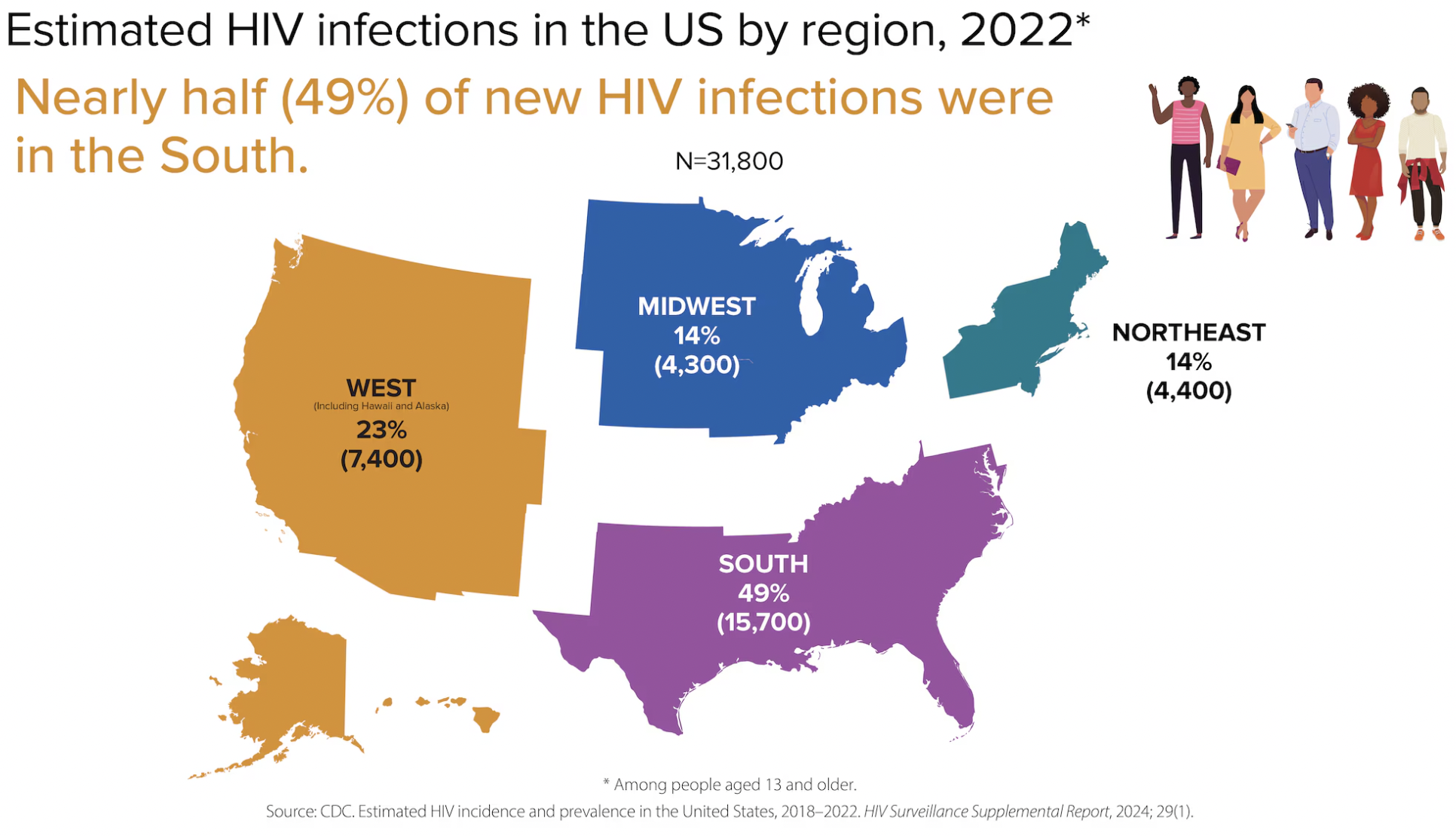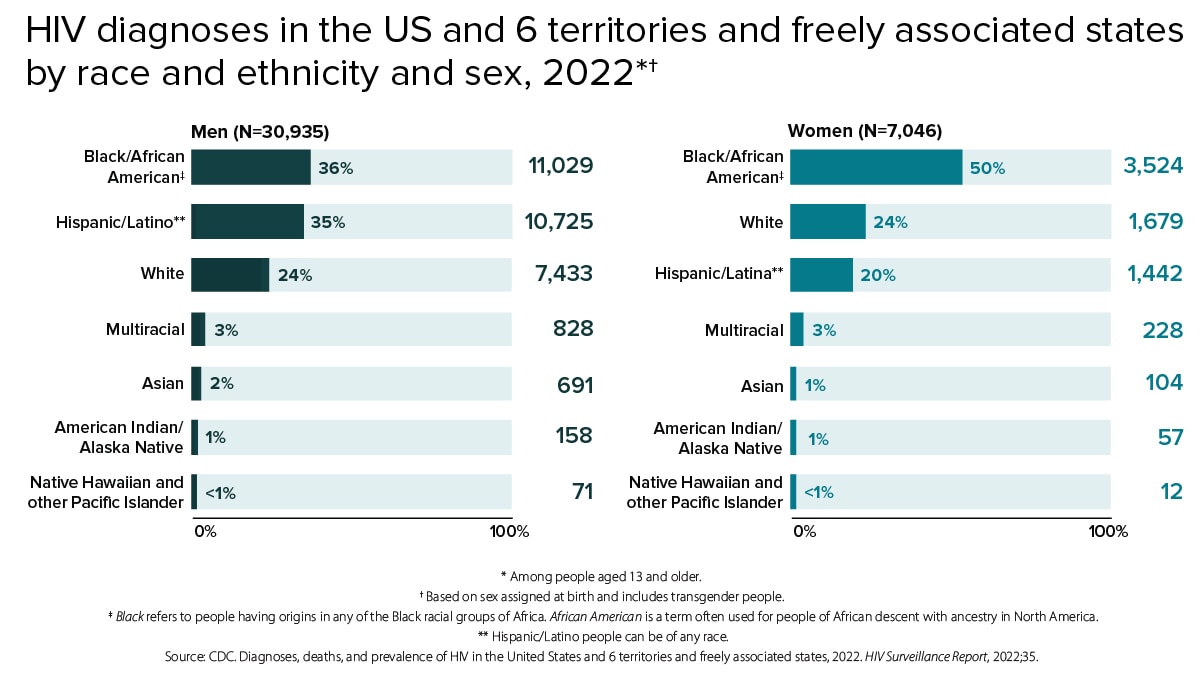What is HiPP?
HiPP is Priority Health Care’s High Impact HIV Prevention Program designed to expand and enhance its efforts in preventing and reducing the transmission of HIV in the communities served by Priority Health Care.
While Priority has provided outreach for HIV prevention since its inception in 2009, the High Impact HIV Prevention Program funded by the Centers for Disease Control (CDC) is the government’s latest effort in addressing inequities in the diagnoses, prevention, and treatment of HIV.
HiPP (High Impact Prevention Program) is aligned with the CDC’s initiative Ending the HIV Epidemic (EHE) in the U.S. by 2030. The EHE initiative includes four basic strategies: Diagnose, Treat, Prevent, and Respond. Priority is one of 96 Community Based Organizations (CBOs) in the country funded through this initiative. Click here to see details of PHC’s High Impact HIV Prevention Goals
Why HiPP is Important?
Given the national and local statistics on HIV, it is imperative that HiPP be successful in diagnosing, treating, and preventing the spread of HIV in the communities we serve. Through HiPP, the government is allocating resources to help in the education and prevention of HIV in areas like Louisiana, which has one of the highest rates of new HIV diagnoses in the country. In 2022, Louisiana ranked 4th in the nation for new HIV diagnosis rates and 12th in the estimated number of diagnoses.Programs like HiPP help contribute to the overall decrease in new HIV infections and in reducing the spread of HIV. Diagnoses of new HIV infections in 2022 (31,800) decreased by 12% overall in the U.S. when compared to 2018 (36,200), according to the Centers for Disease Control (CDC). The CDC says the decrease is due in part to a 30% reduction among young people age 13-24 as well as increases in preexposure prophalaxis, viral suppression, and HIV testing. In addition, there has been a noteworthy decrease geographically, with a 16% decline in new infections in the South in 2022 compared to 2018.
Disparities Among New HIV Infections
Even with measurable decreases, because of historical inequities in health care access, communities of color, particularly Blacks/African Americans and Hispanics/Latino persons continue to experience higher rates of new HIV infections when compared to other communities. In 2022, Blacks/African Americans made up 37% of the nearly 31,800 new HIV diagnoses in the U.S. although they make up only 12% of the population, according to the CDC. Together, Blacks/African Americans and Hispanic/Latino account for more than half (70%) the estimated new HIV cases. (See chart below).CDC data indicates that among women overall, Black women make up 47% (2,800) of estimated new HIV infections in 2022 with male-to-male sexual contact (MMSC) accounting for 67% (21,400) of estimated new infections. Click here to view the complete HIV Surveillance Supplemental Report: ( 2018-2022).
In Louisiana, 68% of new HIV diagnoses in 2023 were among blacks, according to the Louisiana Department of Health's Surveillance Summary (First Quarter 2024). Louisiana's Region I, (Orleans, Jefferson, Plaquemines, St. Bernard Parishes) includes the area where Priority is located, has the highest infection rate of new cases in the state, with the majority of those being in persons ages 13-34.

Current Stats and Facts on new HIV diagnoses (2022)
Although there has been tremendous success in reducing and treating HIV and AIDS over the past 40 years, according to the CDC, gay, bisexual, and other men who had male-to-male sexual contact accounted for 67% of new cases in 2022; 70% were people of color and more than 60% of new cases were in individuals ages 13 to 34. It is evident that the epidemic has not ended. However, today we have more resources available to help stop HIV.



How to get HiPP?
You can be involved in several ways in helping to raise awareness about HIV, the rise in new HIV diagnoses, and in preventing the spread of HIV in your community.- Get tested. Know your status.
- Spread the word and encourage family and friends to get tested
- Practice prevention methods like condoms or PrEP
- Enroll your business as a PHC distribution partner for Safe Sex Packages (SSPs) that include condoms and lubricant
- If you test positive, get treated and stay enrolled in a treatment program
- Volunteer at PHC HIV Outreach Events in your neighborhood (look for announcements on Priority’s social media)
HIV Testing Basics
There are several types of HIV testing options including nucleic acid test (NAT), antigen/antibody tests, and antibody tests. Most rapid HIV tests are antibody tests and can be done in the privacy of your home. Click here to find out more about the difference between the types of HIV tests and how they work.Take-home tests are easy
It’s easier than ever before to protect yourself and prevent HIV by ‘doing you’ in the privacy of your own home with an easy-to-use take-home HIV test.
Who should get tested?
It is recommended that individuals 13 to 64 should get tested at least once as part of their routine health check. According to the CDC, in 2022 an estimated 1.2 million Americans had HIV, 1 in 7 (13%) don’t know they have it. The only way to know your HIV status is to get tested.
- Everyone 13 – 64 should get tested at least once
- If you have certain risk factors. For example:
- If you have sex with more than one partner or your partner has sex with more than one partner
- If you are a sexually active bi-sexual male
- If you inject drugs or share needles or other injection equipment
Q1. Where can I get an HIV test?
A1. Priority Health Care offers free HIV testing at both clinic locations:
Marrero - 4700 Wichers Dr., Suite 304, Phone: 504.309.3262
Gretna - 12 Westbank Expressway, Suite 111, Phone: 504.509.4800
Q2. Are Rapid HIV/Self-Tests for Home Testing available at PHC clinics?
A2. Yes. ‘Take at home’ HIV self-tests are available at both clinics to take in the privacy of your home. Proper contact information is required, and test results must be reported within 24 to 48 hours. Participants will be given a Take Home testing Info card that provides directions for reporting results.
Q3. Can I request a free take home HIV test without going to the clinics?
A3. Yes. To request a ‘take at home’ HIV self-test to take in the privacy of your home click here. Proper contact information is required, and tests will be mailed to you within 24 to 48 hours your request is received. Take Home testing information and directions will be provided with the test.
Q4. Do I have to be a PHC patient to request a free take home HIV test?
A3. No. You do not have to be a PHC patient to request and/or receive a take-home HIV test.
For more information about Priority Health Care’s High Impact Prevention Program (HiPP) and how you can help end the HIV epidemic by getting tested and/or treatment to help stop the spread call 504.309.3262 or 504.509.4800 to schedule a test.
This website was supported by funds in whole or in part by The Centers for Disease Control and Prevention (CDC) under Program Announcement PS21-2102. Its contents are solely the responsibility of PHC and do not necessarily represent the views of CDC’s Division of HIV Prevention (DHP).


